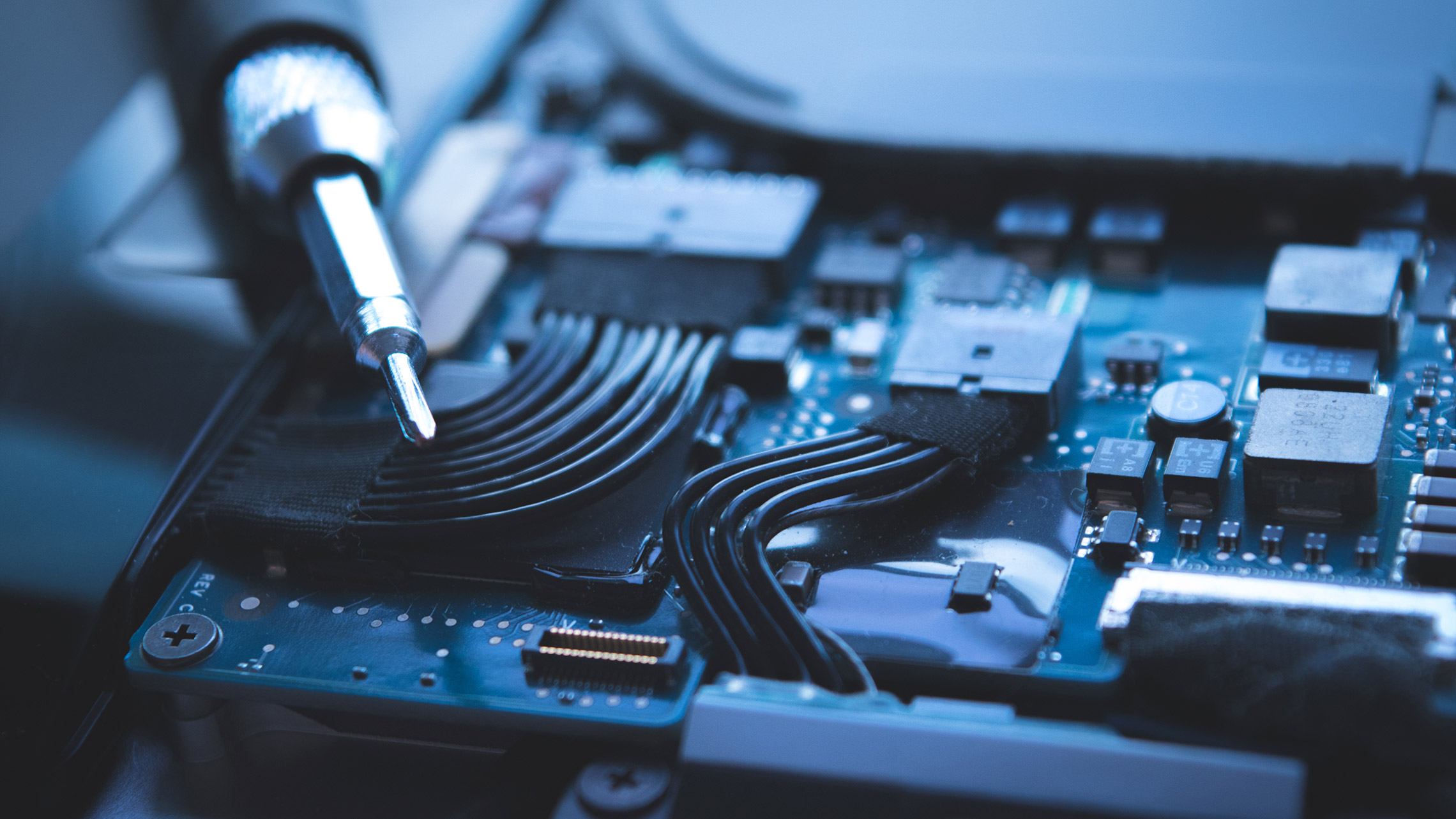ElectroScience: Rui Rocha, ISTSAT-1 project leader

The ISTSAT-1 completed 6 months of active life on the 9th. Rui Rocha, professor at the Department of Electrical and Computer Engineering and researcher at the Institute of Telecommunications, was the project leader. In this context, we asked the professor a few questions to understand the progress of the research and the main challenges faced in recent months.
The mission of ISTSAT-1 is to collect some information (data packets) sent by airplanes, according to certain conditions programmed into the ADS-B receiver subsystem, in order to evaluate the performance of this same receiver.
Rui Rocha, ISTSAT-1 project leader
ADS-B (Automatic Dependent Surveillance-Broadcast) is a surveillance technology system used to obtain information such as the location, altitude, or speed of airplanes; the satellite version is called Space-based ADS-B. In this way, ISTSAT-1 aims to collect this type of data to validate a simple system on board, which will contribute to improving air traffic control in the future. Although aircraft detection has not been possible so far due to an anomaly preventing the stable reception of satellite signals, researchers are developing solutions to resolve this issue, allowing them to proceed with initializing the ADS-B receiver.
Until December, satellite signals were received by 2 ground stations, which received 2 copies of the telemetry, i.e., the information sent by ISTSAT-1. According to Rui Rocha, this system “allows for an improvement in the error rate through an algorithm that combines the two pieces of information.” The use of more than one station aims to minimize errors caused by radio noise. At the Taguspark station, interference from an advertising panel was detected, something that persists even after the construction of large receiving antennas. In this regard, communication is one of the main challenges in this project. For this reason, researchers are setting up a third satellite tracking station on the property of Engineer Victor Silvestre in Caneças, a location with low electromagnetic noise.
(...) The third station, also in a low-noise area, will increase our processing capacity for satellite information, minimizing the effects of transmission errors due to low signal-to-noise ratio.
Rui Rocha, ISTSAT-1 project leader
Adverse conditions in space also pose a challenge. The effects of space radiation can affect the satellite’s operation, even if it is in low Earth orbit (less than 1,000 km from Earth). Rui Rocha highlights the phenomenon of the South Atlantic Anomaly. In this area, the satellite is exposed to higher levels of ionizing radiation due to an increase in the flow of energetic particles, which can result in communication problems, damage to electronic components, or degradation of materials. To mitigate these effects, researchers have developed hardware-software combinations that automatically come into action, avoiding the need for specific radiation-hardened technologies.
Thanks to our approach of automating as much as possible, the recovery of any anomaly on board is done automatically during flight, without the need for intervention from the mission control room on Earth, although we can do it as long as communication with the satellite is possible
Rui Rocha, ISTSAT-1 project leader
Rui Rocha was involved in, from an overall guidance perspective, the development of the 5 subsystems that make up the satellite (its boards): the On-Board Computer (OBC) system, the Energy Management system (EPS), the Communication and Data Storage system (COM), the Control, Tracking, and Telemetry system (TTC), and the Payload system, responsible for receiving mission data (PL). The development of the OBC, EPS, and COM systems was directly guided by the professor.
The satellite was developed by about 50 people, including 42 students, many of them in electronic engineering, from the Instituto Superior Técnico. Técnico, IT, INESC-ID, and IDMEC provided financial support through scholarships and materials, while AMRAD, ANACOM, Lusospace, Activespace, IPQ, Primetec, and Fernando Ferro & Irmão also contributed by providing services.
